In the context of organic farming, the use of natural fertilizers is an essential practice to ensure sustainable and environmentally friendly cultivation. Among the many natural fertilizers available, comfrey macerate stands out for its nourishing properties and its contribution to promoting plant growth and health.
In this article, we will explore in detail the use of comfrey macerate as a natural fertilizer for the vegetable garden, highlighting the benefits and methods of preparation and application.
What is Comfrey?
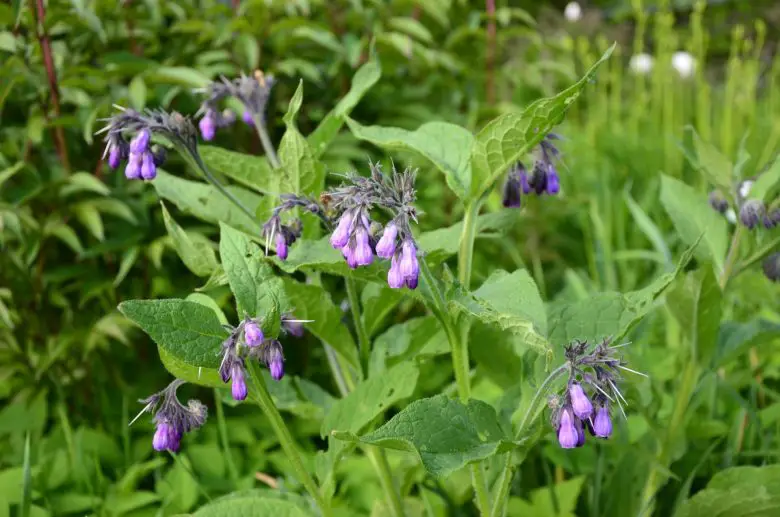
comfrey, Symphytum officinaleis a spontaneous plant belonging to the family of Boraginaceaethe same as the most famous borage. In our country it grows in humid and cool areas, such as ditches and submontane areas, especially in Northern Italy.
In popular medicine, comfrey was used as a medicinal plant, thanks to its vulnerary, expectorant and astringent properties. However, the presence in the plant of some pyrrolizidine alkaloids, has progressively lost its use as a medicinal plant. However, the use of comfrey as a natural fertilizer for the organic garden remains valid and we will focus our attention on this aspect.
How to prepare comfrey macerate
To prepare the comfrey macerate, it is possible to use all parts of the plant: stems, leaves (preferably during the early flowering period in spring-summer) and dry parts. The recommended proportions are 1 kg of fresh comfrey or 150-200 grams of dry comfrey per 10 liters of water. The chopped parts of the plant should be placed in a plastic container together with the water, avoiding filling the container to the brim to allow fermentation. It is advisable to cover the container with a net to prevent insects and animals from entering. The maceration time varies according to the temperatures, but generally varies between 3-4 days in hot days and 8-10 days in colder periods. Once the maceration time has elapsed, the liquid must be filtered and stored in dark glass bottles. The vegetable residues of the macerate can be added to home compost.
Composition and benefits of comfrey macerate
The comfrey macerate is rich in mineral salts, especially potassium, but also contains nitrogen and other essential plant nutrients, such as calcium, iron and magnesium. This natural fertilizer, therefore, promotes plant nutrition, vegetative recovery and can help mitigate water stress and promote rooting.
How to use comfrey macerate
Once ready, the comfrey macerate can be further diluted in water according to the following proportions: from 50 to 80 ml of macerate for each liter of water. This solution can be used for root irrigation. It is recommended to use the fertilizer every 10-15 days during spring and autumn, adapting the frequency according to the needs of the plants being grown.
Synergy with other natural fertilizers
Additional benefits can be obtained by combining comfrey macerate with other natural fertilizers, such as nettle macerate. This combination can provide a wide range of nutrients to plants and strengthen defenses against fungal diseases and pests.
Advantages and precautions
The comfrey macerate represents an economic and sustainable solution for the fertilization of the vegetable garden. Its simple preparation and nutritional benefits make it an attractive option for those wishing to grow naturally. Using comfrey macerate can contribute to vigorous plant growth and environmentally friendly cultivation. Experimenting with this natural fertilizer can lead to satisfactory results and promote sustainable agricultural practice in your garden.
If you want to try the comfrey macerate in your garden, but you are unable to prepare it by hand from the collection of wild plants, you can find it on sale in specialized shops.

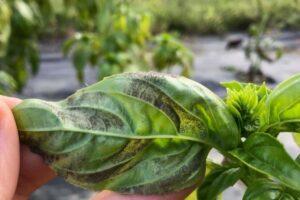
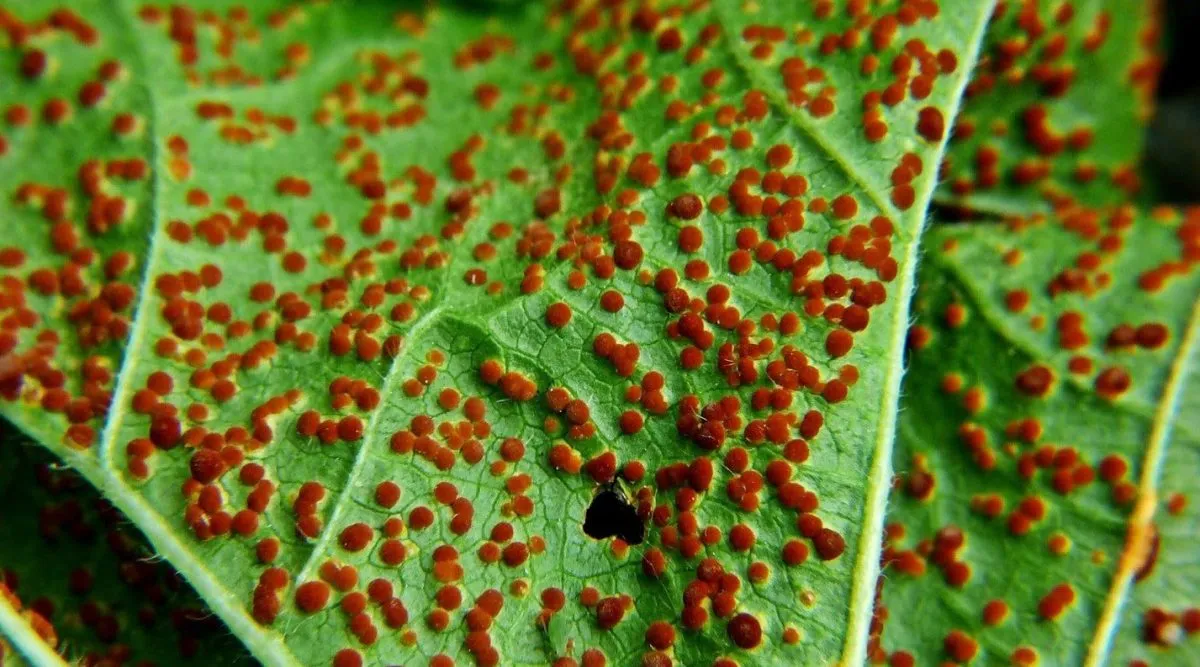
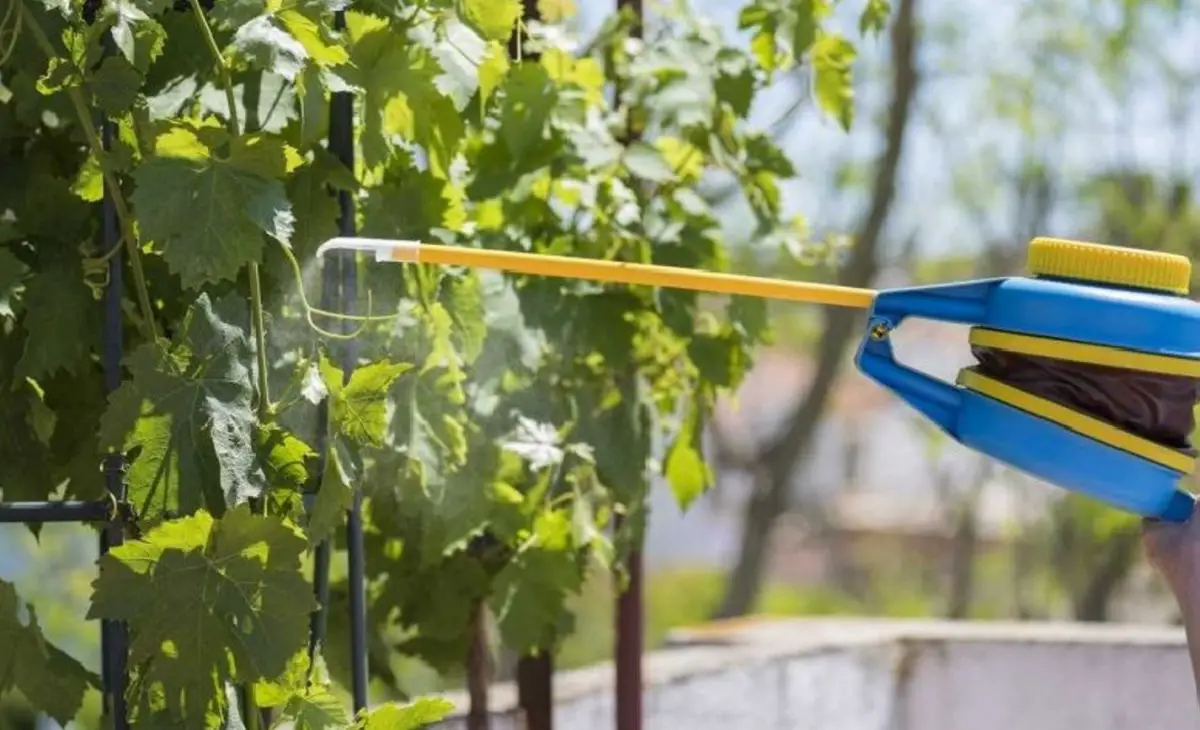
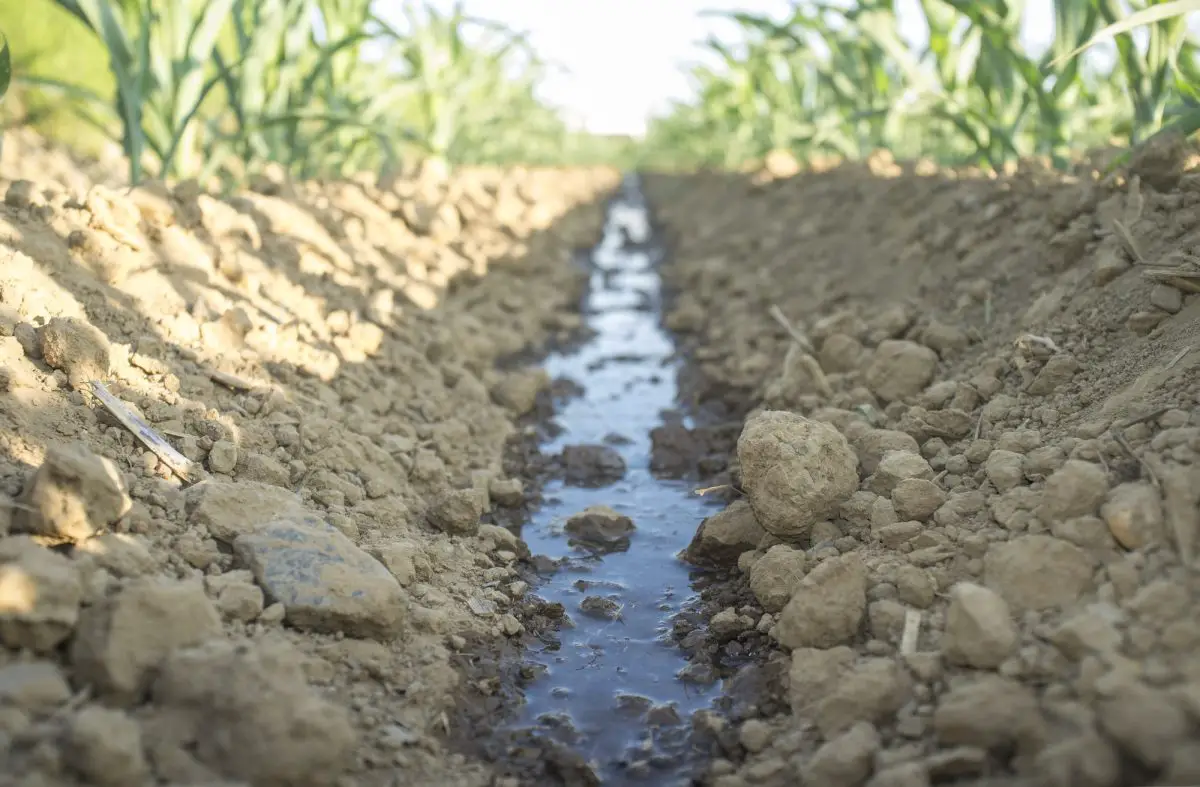

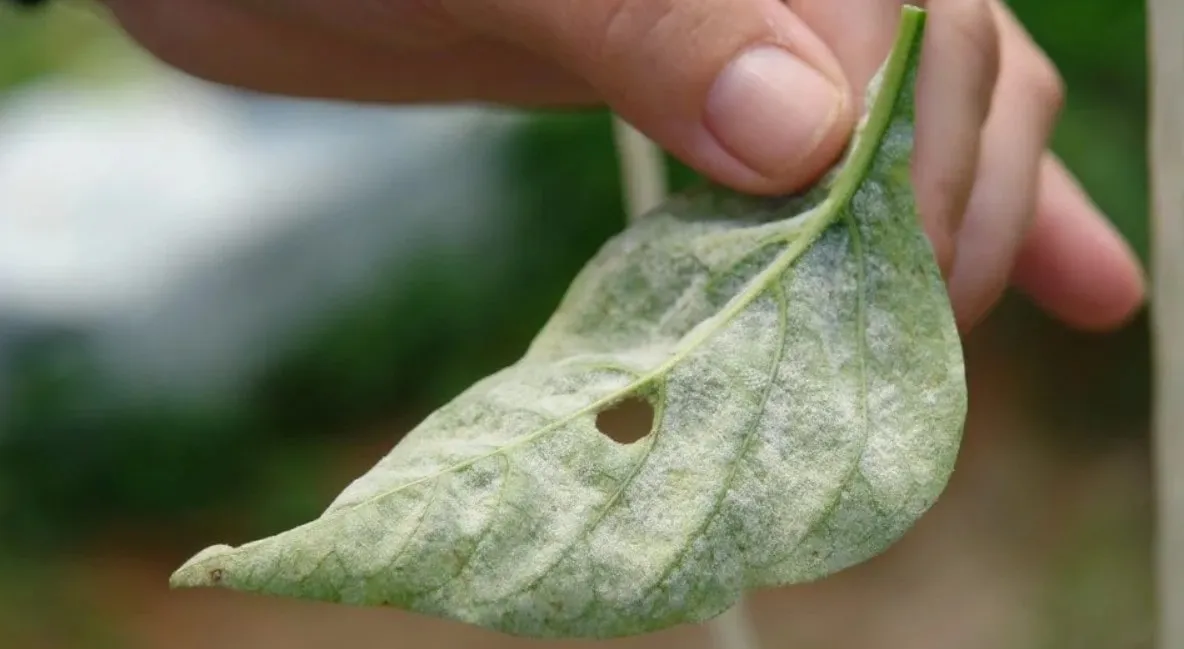
Start a new Thread